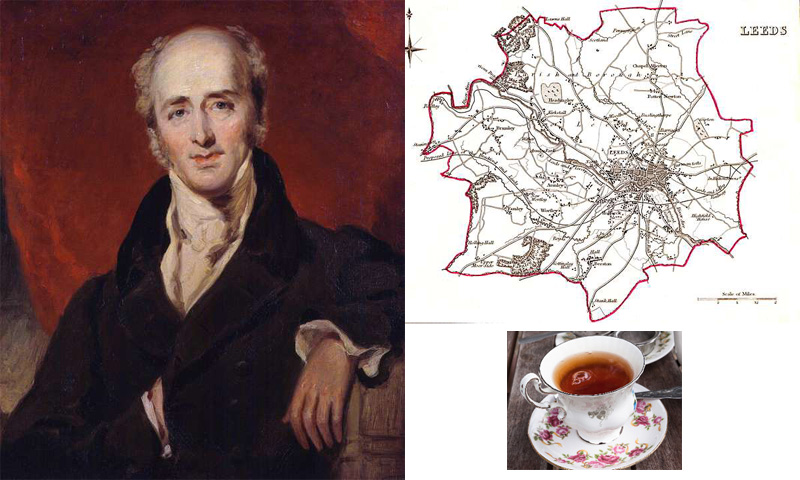
Earl Grey and the Great Reform Act
The Representation of the People Act of 1832 is also known as the Reform Act or even the Great Reform Act despite it being, in hindsight, a modest step towards a fairer system of electing Parliament in Britain. This was intentional, since the Prime Minister who pushed it through was himself moderate and mindful of potential uprisings if the reforms appeared too radical. He was Earl Charles Grey (1764-1845) from Northumberland and he was PM from 1830 to 1834, leading the Whig Party.
Of an adult male population of approximately 3,600,000, only 10% were eligible to vote before the Reform Act. The Act widened the criteria to enfranchise another 8% of men (but still no women). It also shuffled the constituencies to make them more representative and equal. During Grey’s premiership he also brought in laws restricting the employment of children and, in 1833, the Slavery Abolition Act.
Aside from these admirable achievements, Earl Grey’s name lives on in the type of tea that he introduced to British producers by way of a foreign gift about which there are various stories. It is a black tea with a recipe that includes extract of the bergamot orange and it has remained popular ever since he poured the first cup.
(Images LtoR: Earl Grey and map of new Leeds constituency of Leeds created in 1832, both by picryl.com, cup of Earl Grey tea by pxfuel.com / all Public Domain)
